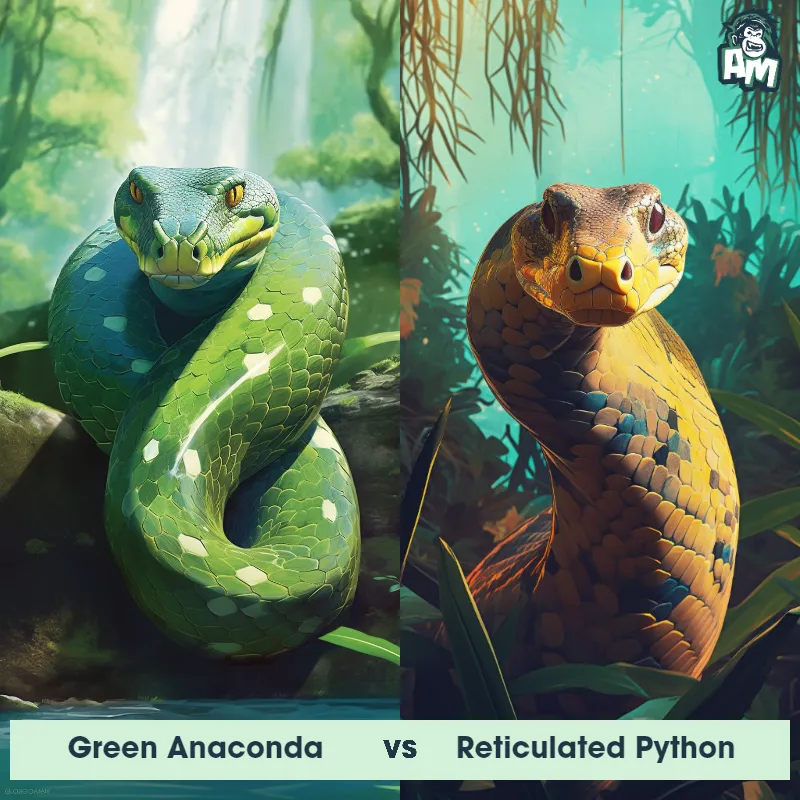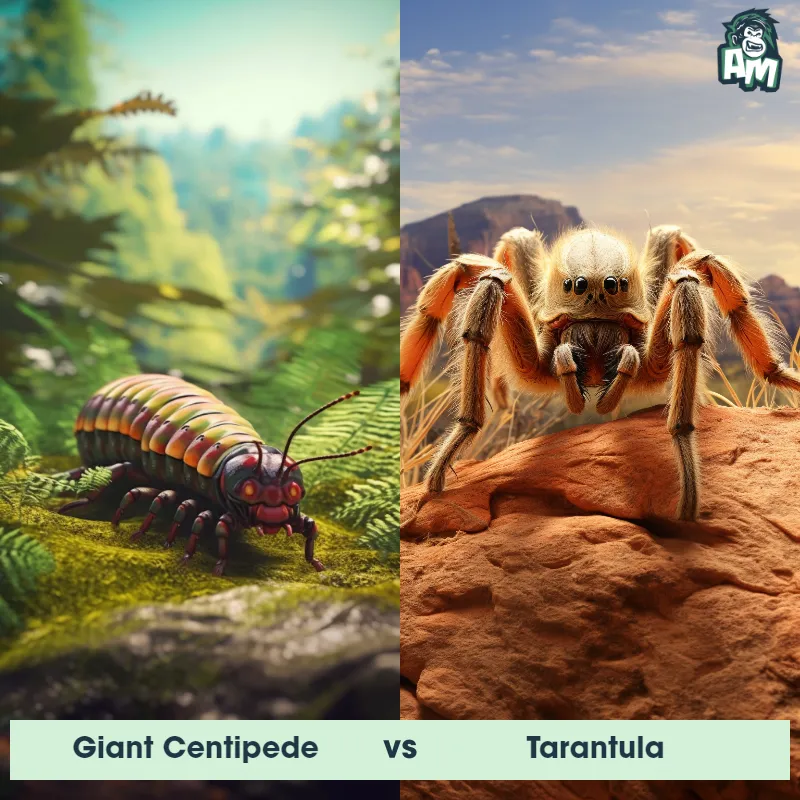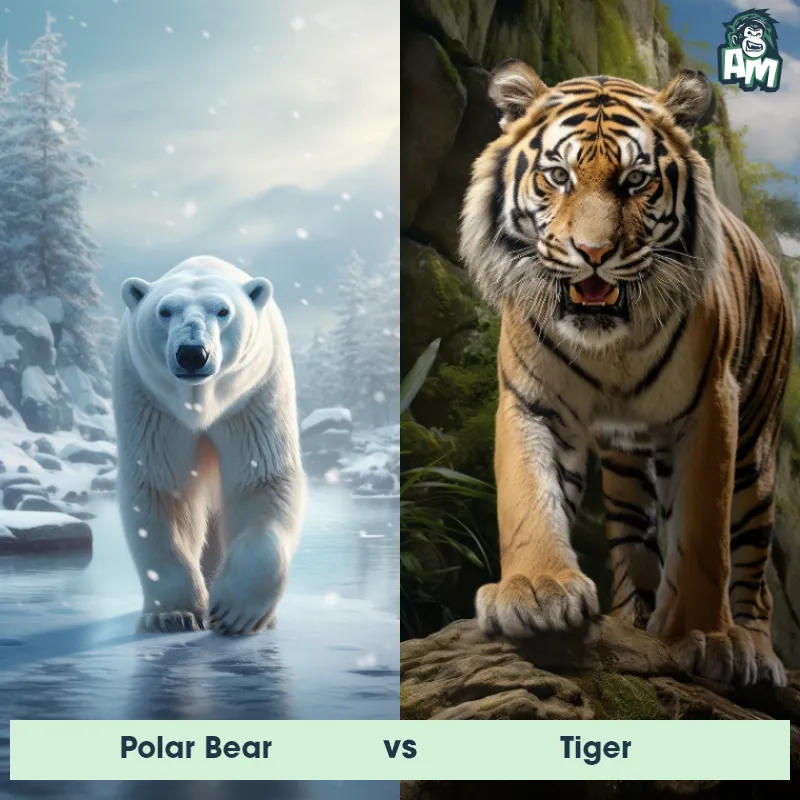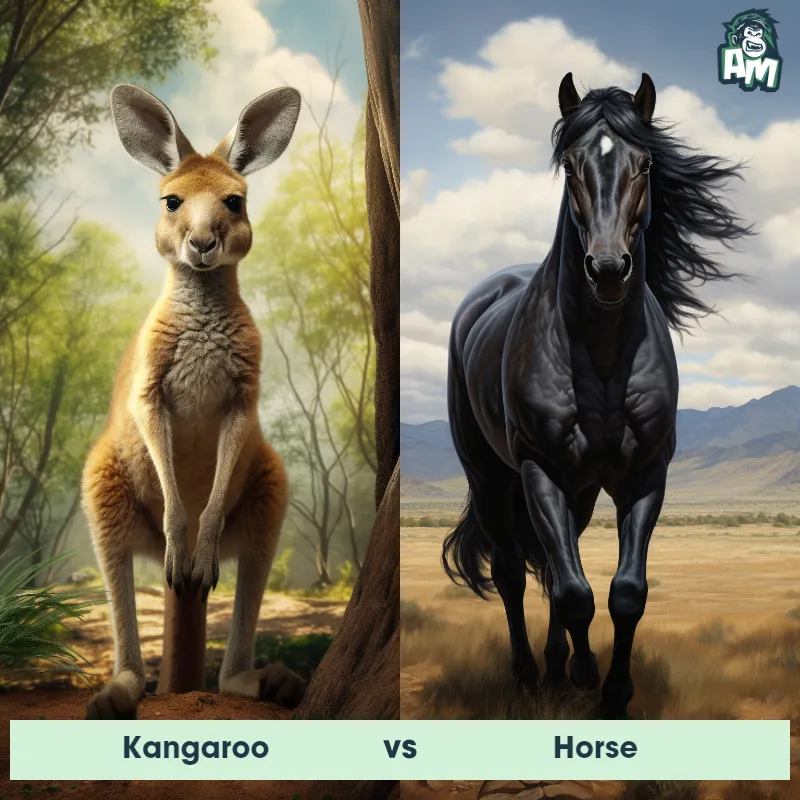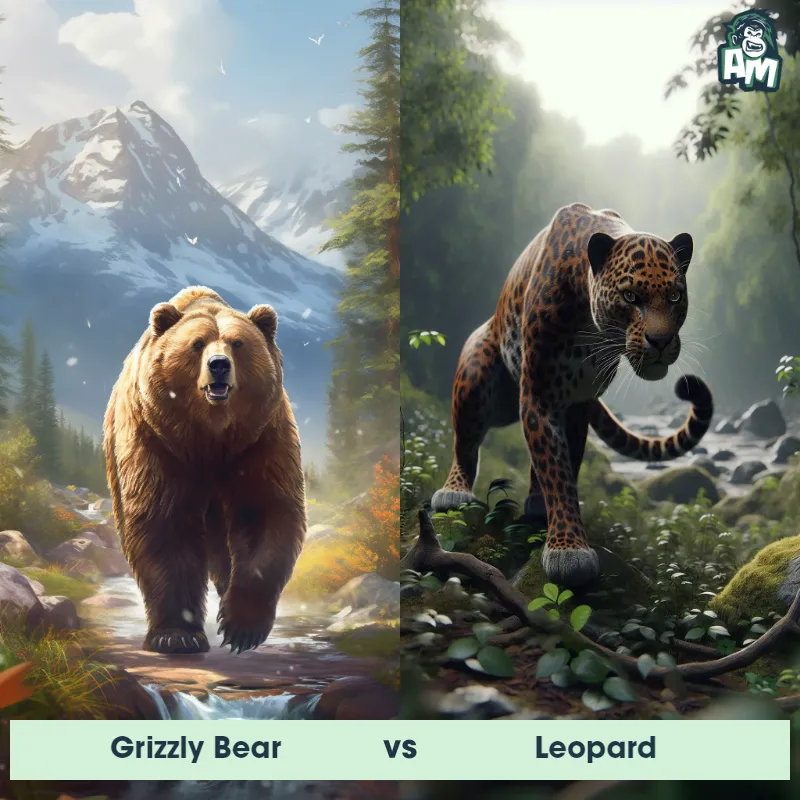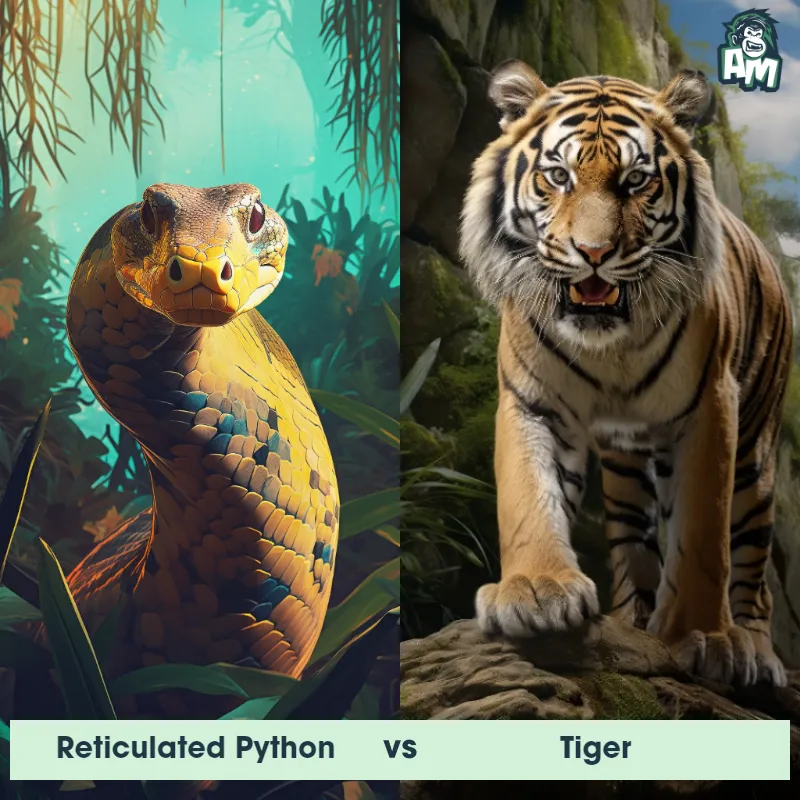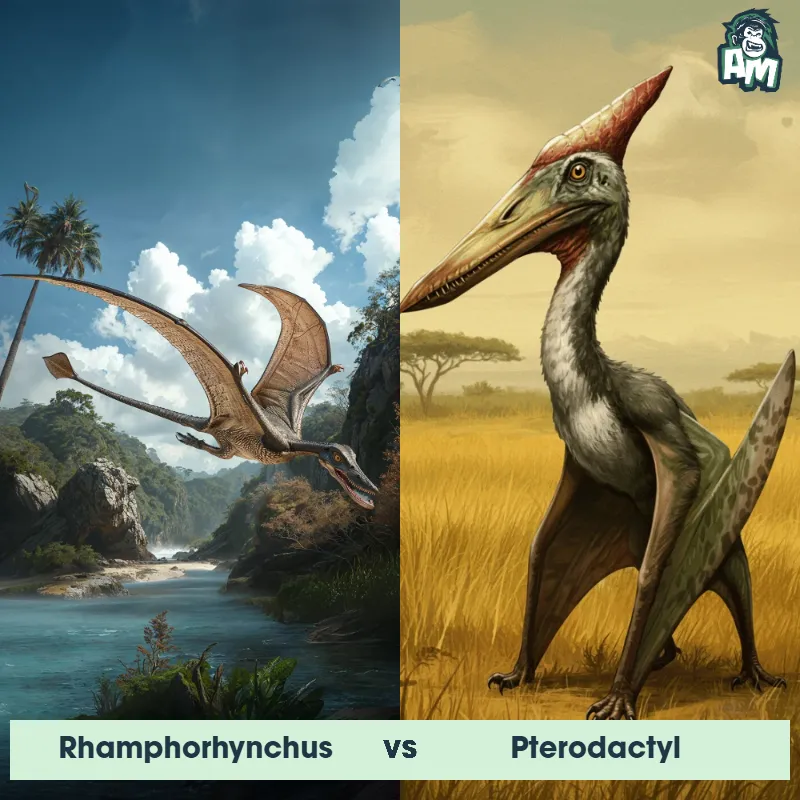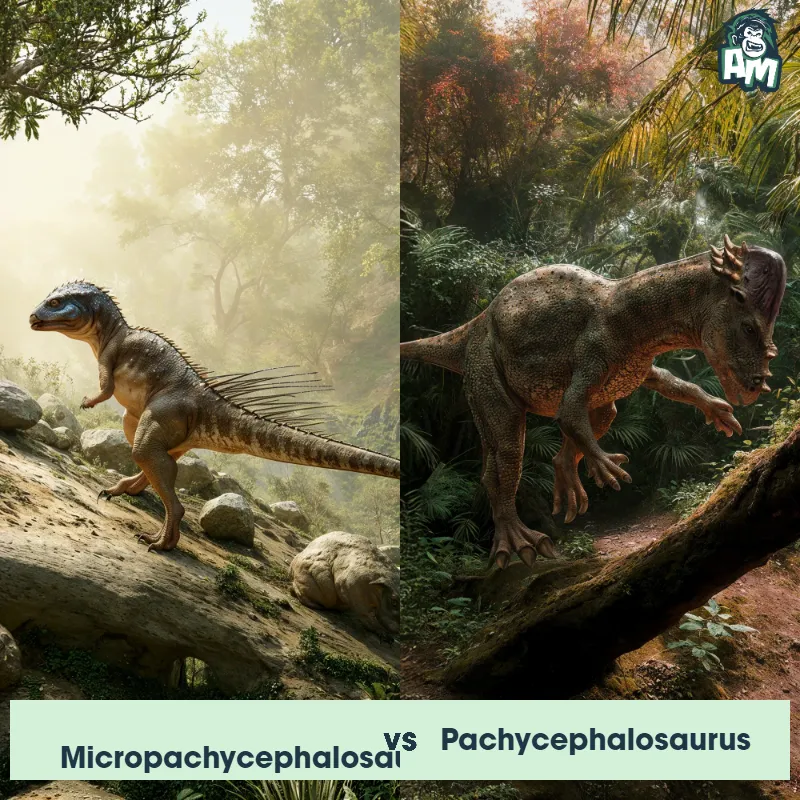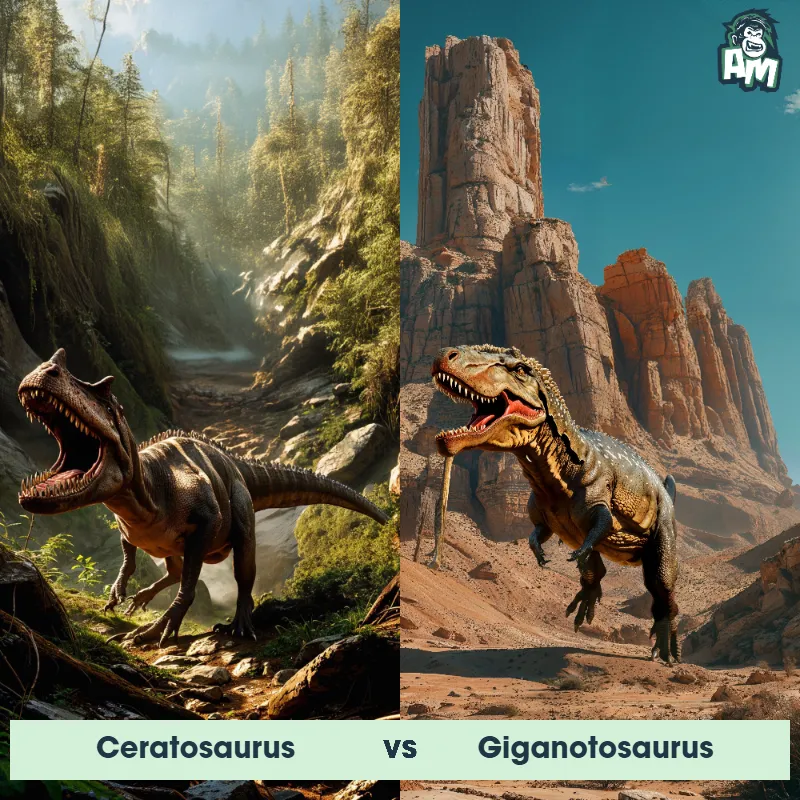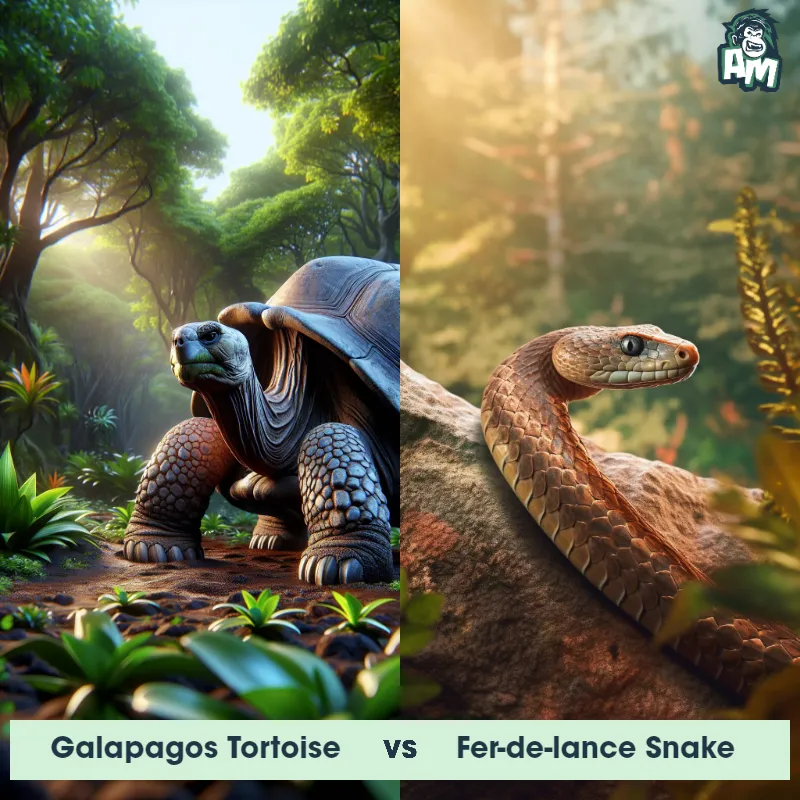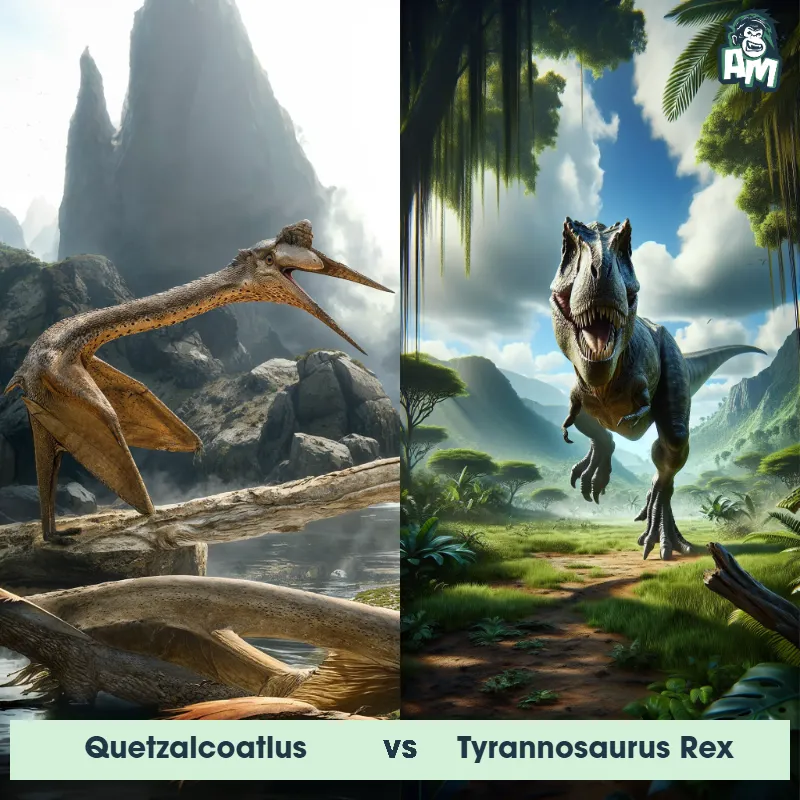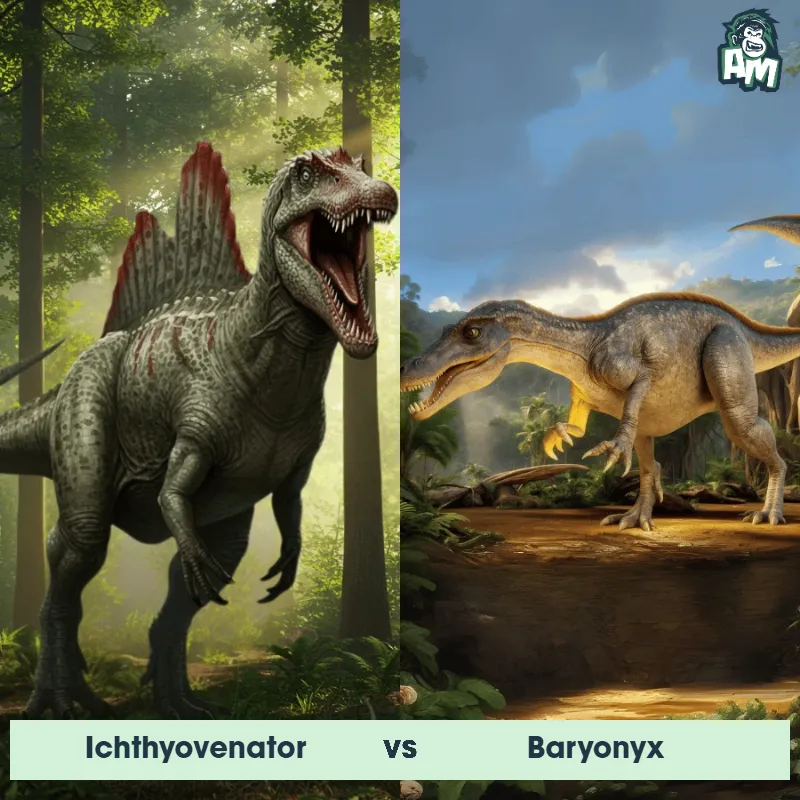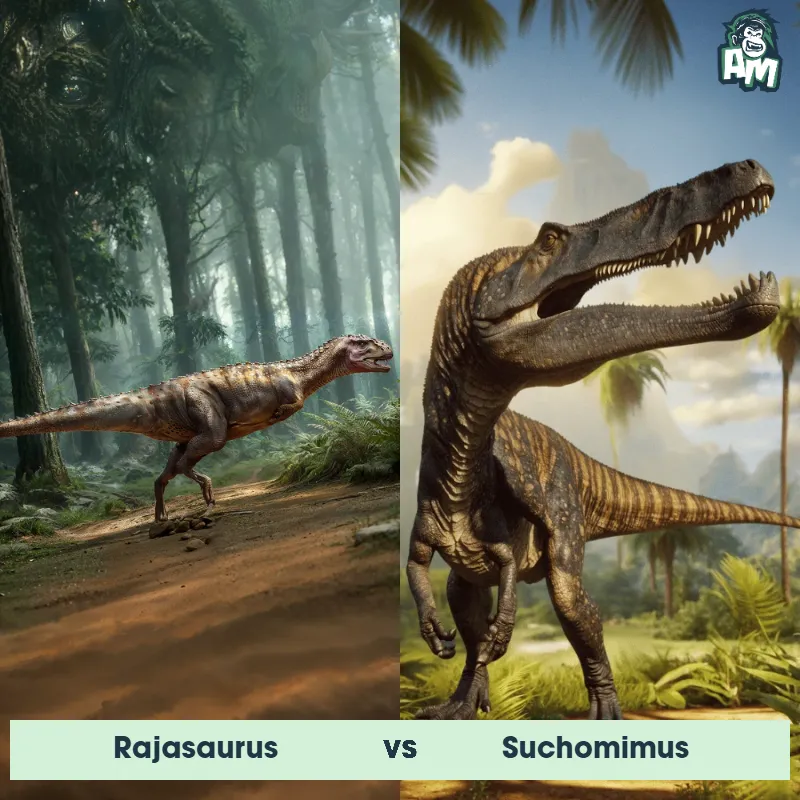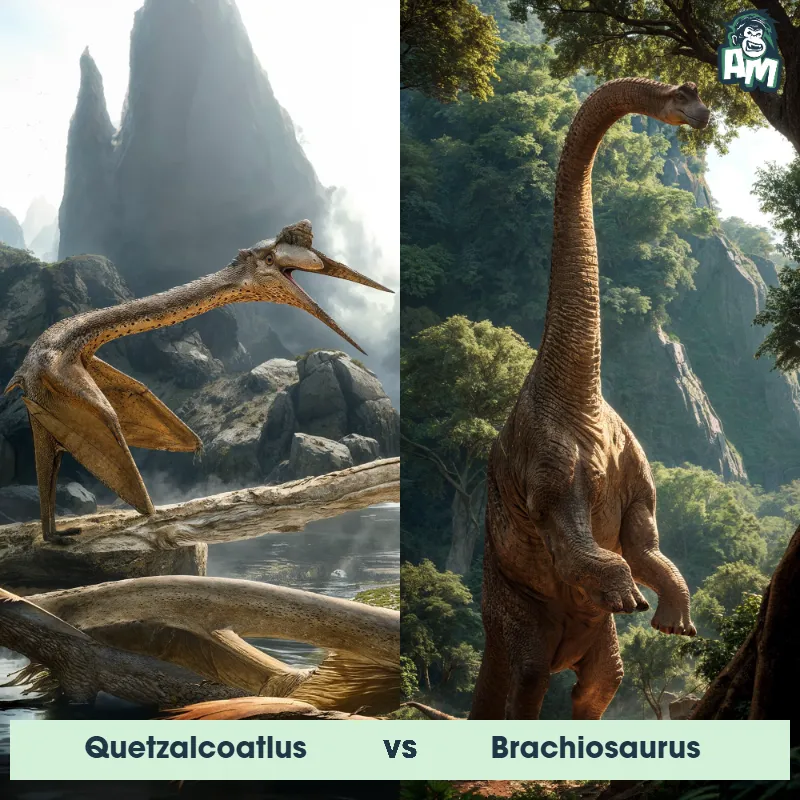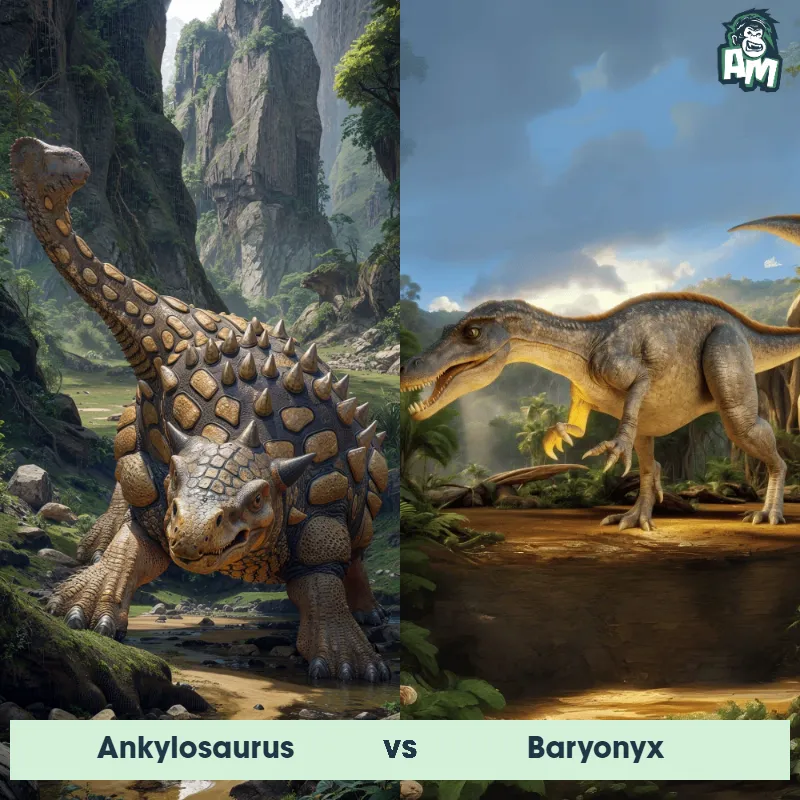Quetzalcoatlus vs SpinosaurusSee Who Wins
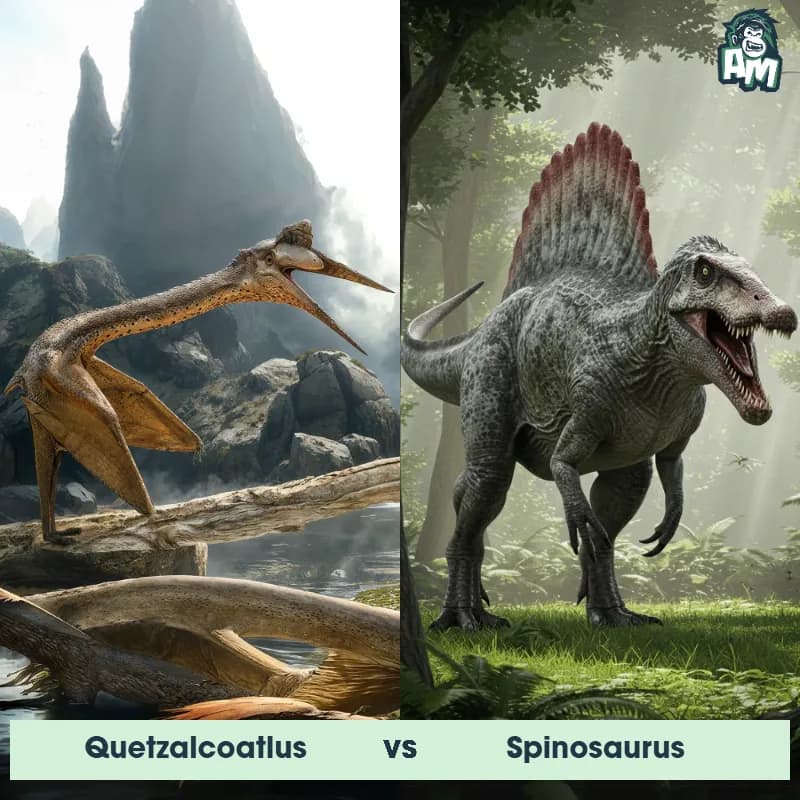
The crowd is buzzing with anticipation as two colossal prehistoric creatures face off. On one side, the massive Spinosaurus, a beast of the land and water, armed with a formidable set of jaws. Opposing it in the other corner, the gargantuan Quetzalcoatlus, the king of the skies with a wingspan capable of casting a shadow across the arena.
Contender 1: Quetzalcoatlus
Quetzalcoatlus, a prehistoric flying reptile, was one of the largest known flying animals of all time, with a wingspan reaching up to 33 feet. It had a long, narrow beak, a long neck, and sharp teeth for catching fish and small prey. Its body was covered in a layer of hair-like filaments for insulation and possibly display.
Fun Fact: Quetzalcoatlus likely soared through the skies using warm air currents, much like modern-day albatrosses, allowing it to cover great distances with minimal effort.
Contender 2: Spinosaurus
The Spinosaurus, also known as the "spined lizard," was a massive predatory dinosaur that roamed the Earth during the Late Cretaceous period. It is known for its distinctive sail-like structure on its back, which could reach up to 7 feet in height. With its long jaws filled with conical teeth and powerful forelimbs, the Spinosaurus was well-equipped for hunting fish and other prey in aquatic environments.
Fun Fact: The Spinosaurus had a special adaptation that allowed it to swim and hunt in water, making it one of the few dinosaurs with semi-aquatic abilities.
Matchup Stats
| Quetzalcoatlus | Spinosaurus | |
|---|---|---|
| Size | Wingspan up to 33 feet (10 meters) | Up to 7 feet (2.1 meters) tall |
| Weight | Around 500 pounds (227 kilograms) | Up to 8 tons (7,300 kilograms) |
| Speed | 80mph (129km/h) | 14-17 mph (22-28 km/h) |
| Key Strength | Aerial agility | Powerful forelimbs |
| Biggest Weakness | Vulnerable on the ground | Vulnerable belly area |
Current Votes
Quetzalcoatlus vs Spinosaurus
See Who Wins
View More Matches
Looking For More?
Similar Matches
Scientific Stats
| Quetzalcoatlus | Spinosaurus | |
|---|---|---|
| Scientific Name | Quetzalcoatlus northropi | Spinosaurus aegyptiacus |
| Family | Azhdarchidae | Spinosauridae |
| Habitat | Coastal areas | Semi-aquatic environments |
| Geography | North America | North Africa |
| Diet | Fish and small prey | Fish and other prey |
| Lifespan | 25 years - 30 years | 20 years - 30 years |
Key Differences between Quetzalcoatlus and Spinosaurus
- Size: Quetzalcoatlus had a wingspan up to 10 meters, while Spinosaurus reached lengths of up to 18 meters.
- Body Structure: Quetzalcoatlus was characterized by a lightweight, bird-like body with long, thin neck and beak, whereas Spinosaurus had a bulky, aquatic-adapted body with a long snout.
- Features: Quetzalcoatlus lacked head ornamentation, while Spinosaurus featured distinctive sail-like spines on its back.
- Limbs: Quetzalcoatlus sported elongated forelimbs adapted for flight; Spinosaurus had stout, muscular limbs suited for swimming and terrestrial movement.
- Tail: Quetzalcoatlus possessed a short, stiff tail, while Spinosaurus had a long, broad tail used for aquatic propulsion.
- Habitat Adaptation: Quetzalcoatlus was primarily adapted for a terrestrial and aerial lifestyle, in contrast, Spinosaurus was adapted for a semi-aquatic existence.



